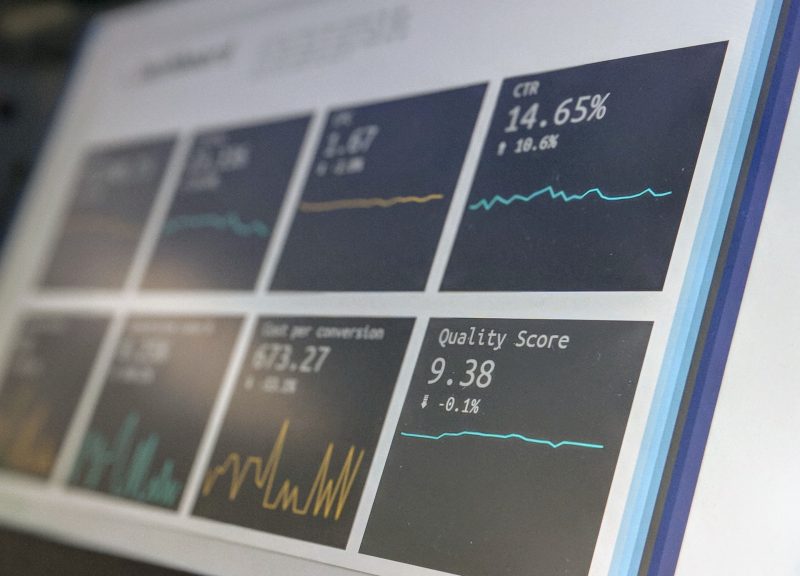Trading stocks can be a very profitable way to make money, but it can also be risky. This article will give you the basics of stock trading so that you can make informed decisions and avoid common mistakes.
What are Stocks?
A stock is a piece of ownership in a company. When you buy shares in a company, you are investing in the company and sharing in its profits and losses.
What is the Stock Market?

The stock market is a collection of markets where stocks (pieces of ownership in businesses) are traded between investors. The primary purpose of the stock market is to provide a means for companies to raise money by selling shares to the public. Shares are bought and sold on exchanges all around the world, and this activity is what creates the stock market.
How Does the Stock Market Work?
The stock market is open 24 hours a day, 7 days a week. When you buy or sell a security, you are buying or selling a claim on the assets of a company. This means that you are not actually owning the company’s assets.
The stock market is divided into two main parts: the exchanges and the over-the-counter markets. The exchanges are where stocks and other securities are traded between investors. The over-the-counter markets are where stocks and other securities are traded between individual investors.
Stocks and other securities are bought and sold based on their potential future income or loss. The price of a security reflects both the current demand for that security and the confidence that investors have in its future earnings.
What is Trading?

Trading is the act of buying and selling securities. When you buy a security, you are taking an ownership position in that company. When you sell a security, you are giving up your ownership position.
When you buy a security, you may not know what it is worth. You may only be buying it for the price that is offered. If someone offers to sell you the security at a higher price, you may accept or decline the offer.
When you sell a security, you may hope to receive more money than you paid for it. You may also hope to get back the same amount of money or more than what you paid for it.
You can trade securities on any stock market in the world. The most popular stock markets are those in the United States, Europe, and Japan.
If you want to learn how to trade stocks, you can try Forex trading. There are a few things that you need to know. Traders use technical analysis or apps, such as Forex trading app, to try to predict where prices will go next. Technical analysis is the study of charts and patterns that can help traders make profitable trades. There are other factors that traders consider when making decisions about whether or not to buy or sell stocks.
What are Futures?
Futures are contracts that allow two parties to exchange goods or services at a predetermined future date and price. For example, Forex trading is the process of buying and selling currencies in the present market to speculate on future movements.
Futures contracts are standardized, meaning that all contracts have the same terms and conditions. They are traded on exchanges and can be used to hedge against price volatility or to speculate on future movements.
How Do I Buy Stocks?

Whether you’re a complete novice to the stock market or a seasoned trader, there are a few basics you should know before hitting the buy button.
– The first step is to identify the company you want to buy shares of. Once you’ve got a target in mind, it’s time to do your research. Look at the company’s financial statements, management team and history.
– Once you’ve made your purchase, it’s important to monitor your investments closely. Make sure to keep track of stock prices, dividends and earnings per share (EPS). You can also use tools like sell orders and stop losses to protect yourself from potential losses.
– Finally, remember that the stock market is a volatile and risky place. Don’t invest money you can’t afford to lose.
How Do I Sell Stocks?
– The first step in selling stocks is to find a place to sell them. Many online exchanges offer commission-free trading, so it’s worth checking out several before making a decision.
– Once you’ve found an exchange, the next step is to set up an account and deposit the stocks you want to sell.
– After that, it’s time to find an order to sell your stocks. Orders can be placed on the buy side (where buyers are looking to buy your stock) or the sell side (where sellers are looking to sell their stock). The best way to find an order is by using a trading platform or broker that offers tools like order books and real-time streaming data.
– Once you’ve found an order, it’s time to fill it.
– Finally, make sure to cancel your sell order if the stock price changes before it’s executed.
What Do I Do if I Lose Money on My Stock Investments?

If you’re like most new traders, you probably invest money in stocks to make money. And if that’s your goal, then you need to be prepared for the possibility that you might lose money on your investments. Here’s what you need to do if that happens:
- Don’t panic. Panic can lead to bad decisions and can cost you even more money. Just take a deep breath and try to rationalize why the stock prices went down. Did you overpay for the stock? Are there any news stories that could impact the company’s future? Once you’ve calmed down and analyzed the situation, decide what you want to do next.
- Cut your losses. If the stock price has gone down by more than 50 percent from its peak, it’s time to cut your losses and sell your shares. This doesn’t mean that you’re a failure – it just means that the investment isn’t working out for you right now. You may still be able to make some money if you sell at a lower price than when you bought the stock, but it’s important to remember that this is a riskier option than holding onto the stock.
- Wait it out. Sometimes stock prices will rebound after a dip. If you’re patient, you may be able to buy the stock again at a lower price and make some money. However, it’s important to remember that the market can be unpredictable – so don’t put all your eggs in one basket.
- Consider other options. If you can’t sell your stock or if the price is too high, consider looking into other investment options. For example, you could look into mutual funds or bonds. These are less risky than stocks and are usually more stable over time.


